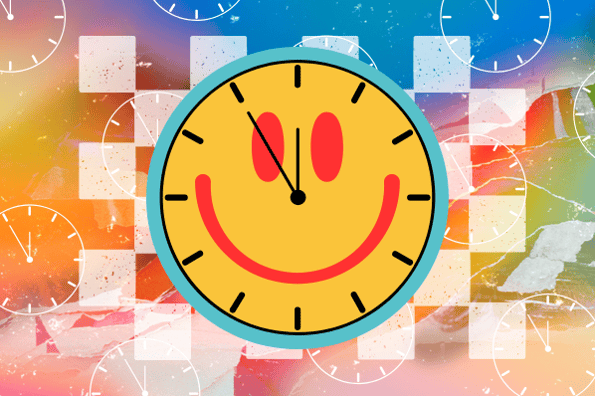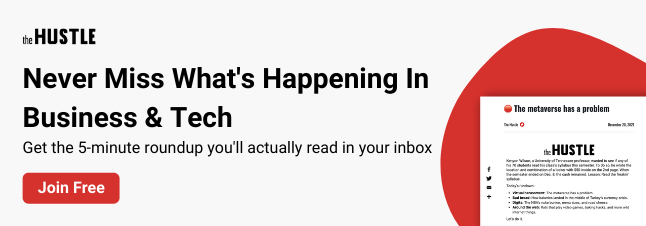Does it feel like if you had just a few more hours in the day, you could finally catch up on all your work, have time to yourself, and be happier?

Same. In today’s fast-paced, digital world, it’s simultaneously hard to step away and hard to catch up. And that makes for an exhausting experience, mentally and physically.
Luckily there are smart people, like Harvard Business School professor Ashley Whillans, who have been busy studying how we spend our time so we can use it more effectively.
Here, Whillans shares some research-backed steps you can take to reclaim your time and live a more fulfilling life:
1. First, Get the Context
Whillans has developed terms in her research to describe the states so many of us find ourselves in. The first, “time poverty,” is “the subjective or psychological feeling of having too many things to do in a day and not enough time to do them,” she says.
“Time affluence” is essentially the opposite: Feeling like you have enough time to do everything you need or want to do.
Whillans’ aim in her research is to understand how people can work toward a state of time affluence, and what they can implement to get here.
Her research is more relevant than ever as many grapple with the ways remote and hybrid work have changed the way they spend their time.
“Those that can work flexibly or completely from home are actually more stressed and less time affluent compared to pre-pandemic,” says Whillans. “There’s data showing we’re filling the time we used to spend commuting to the office with work.”
She also says data shows that we have far more meetings and emails, and that employees are increasingly filling every spare moment with work. This plays into a broader issue: American culture celebrates work, but does not value leisure. This creates a slippery slope for guarding your time.
2. Audit Your Time
If you know you’re experiencing time poverty but don't know what to do about it, Whillans advises starting with a time audit.
Start a time diary where you log your major activities for the morning, afternoon, and evening on a typical day. You should also log how those activities made you feel: Was the time spent productive or unproductive? Did the activity feel meaningful and satisfying, or not?
“We don’t only want to focus on productivity,” says Whillans. “We want to make sure our days are filled with enjoyable activities.”
Once you’ve logged your weekly activities in your time journal, you can start auditing your time. Think of this as a chart made of four quadrants: One axis spans from enjoyable to unenjoyable, while the other reaches from productive to unproductive.
You should first look at the quadrant that holds activities that are both unenjoyable and unproductive — this is your problem area and should be tackled first.
.png?width=598&height=398&name=matrix%20(1).png)
3. Eliminate, Outsource, Delegate, Reframe
Once you’ve identified those pesky activities that don’t bring you joy, see what you can eliminate, outsource, or delegate.
For activities like doom scrolling on Twitter, aim for elimination. When it comes to something like cleaning the house — which is unenjoyable for most of us but important and productive — outsource or delegate, where possible logistically and financially.
Whillans’ research shows that spending money to save time can actually increase happiness and reduce stress. The data shows that as little as $40 a month spent on timesaving services can promote positive boosts in mood and reduce feelings of stress.
Then, for the activities that are not enjoyable but cannot be removed (your commute to work, for example), Whillans says to focus instead on reframing. While this might not be as extreme as making a commute “fun” time, researchers asked participants to think of their commute as a time to work toward strategic career goals.
This reframes a long commute from wasted time into productive time used to work toward professional goals, which can reduce stress and help you feel happier.
4. Focus on the Positive
We know, you’ve heard this advice before. But it really works. Taking stock not only of your activities but also of the things you’re grateful for each day will help you move into a more positive mindset and actually feel happier.
A gratitude journal can be a helpful tool for logging your gratitude in writing: Make note of all the things you were grateful for each day or that brought you happiness. These will likely overlap with the tasks you noted as enjoyable or productive.
You can also find more positivity by again channeling the reframing technique: Most of us get two days off every weekend, but often take it for granted.
Try instead to think of weekends as a vacation. “This vacation mindset during your leisure time helps you to stay present and focus on savoring the positive experience of taking a break from work,” says Whillans.
And it’s research-backed; adults who tried this were more likely to stay in the moment and return to work more rested on Monday.
5. Find Balance
While striving to become time affluent, keep in mind that too much time is also a bad thing. Whillans describes it as a U-shaped relationship in which both ends (too much time or not enough) have negative consequences.
The real aim is to simply have time for everything you want to do, which includes activities that are relaxing or bring you joy.
“Happier people spend their days in a way that’s closely aligned with how they say they would ideally want to spend a typical day, and that looks different for different people,” says Whillans.
Along with being productive and reducing the time spent on tasks you find unenjoyable, you should also be prioritizing adding tasks that feel intrinsically motivating — AKA you enjoy doing them just for the sake of doing them, nothing else.



